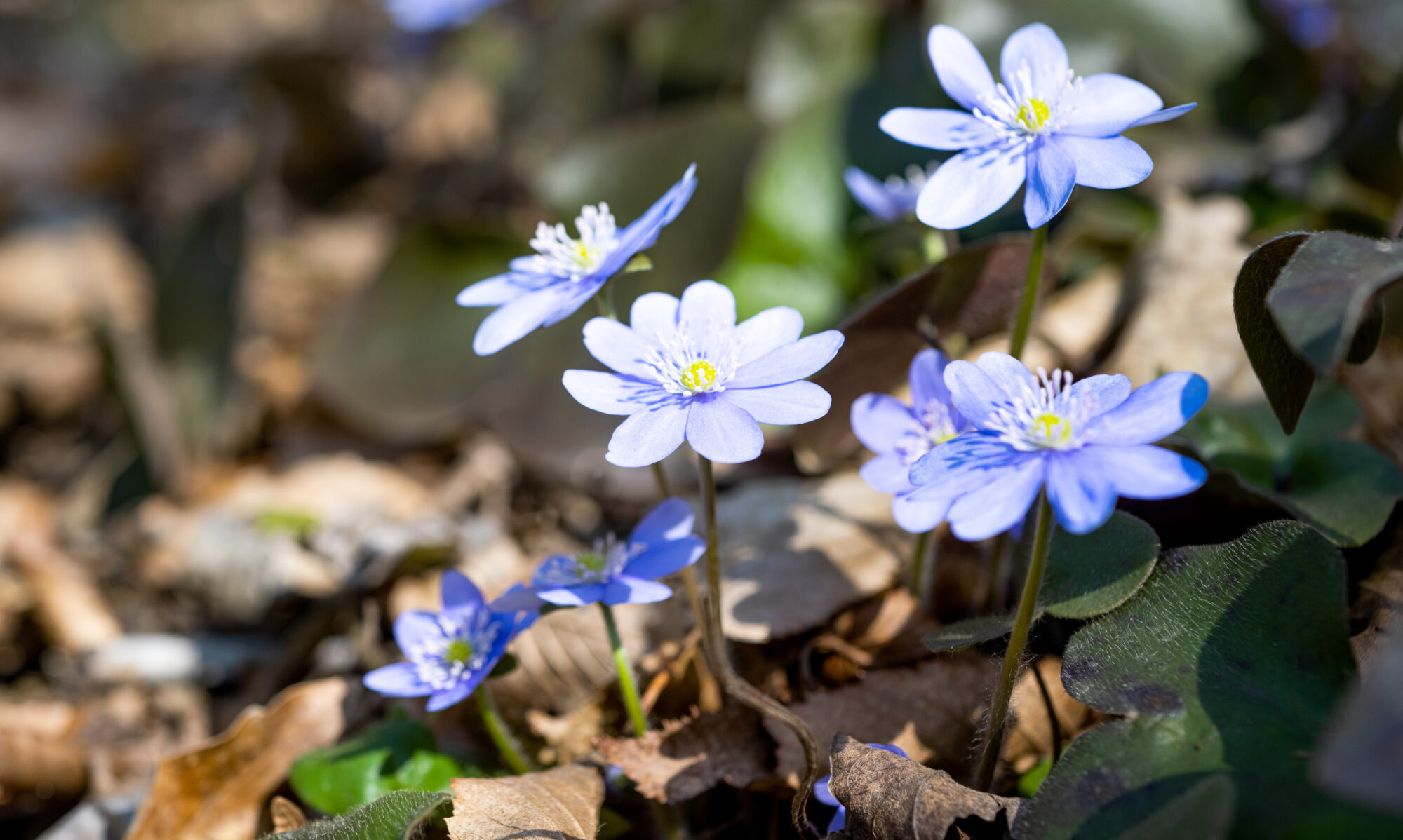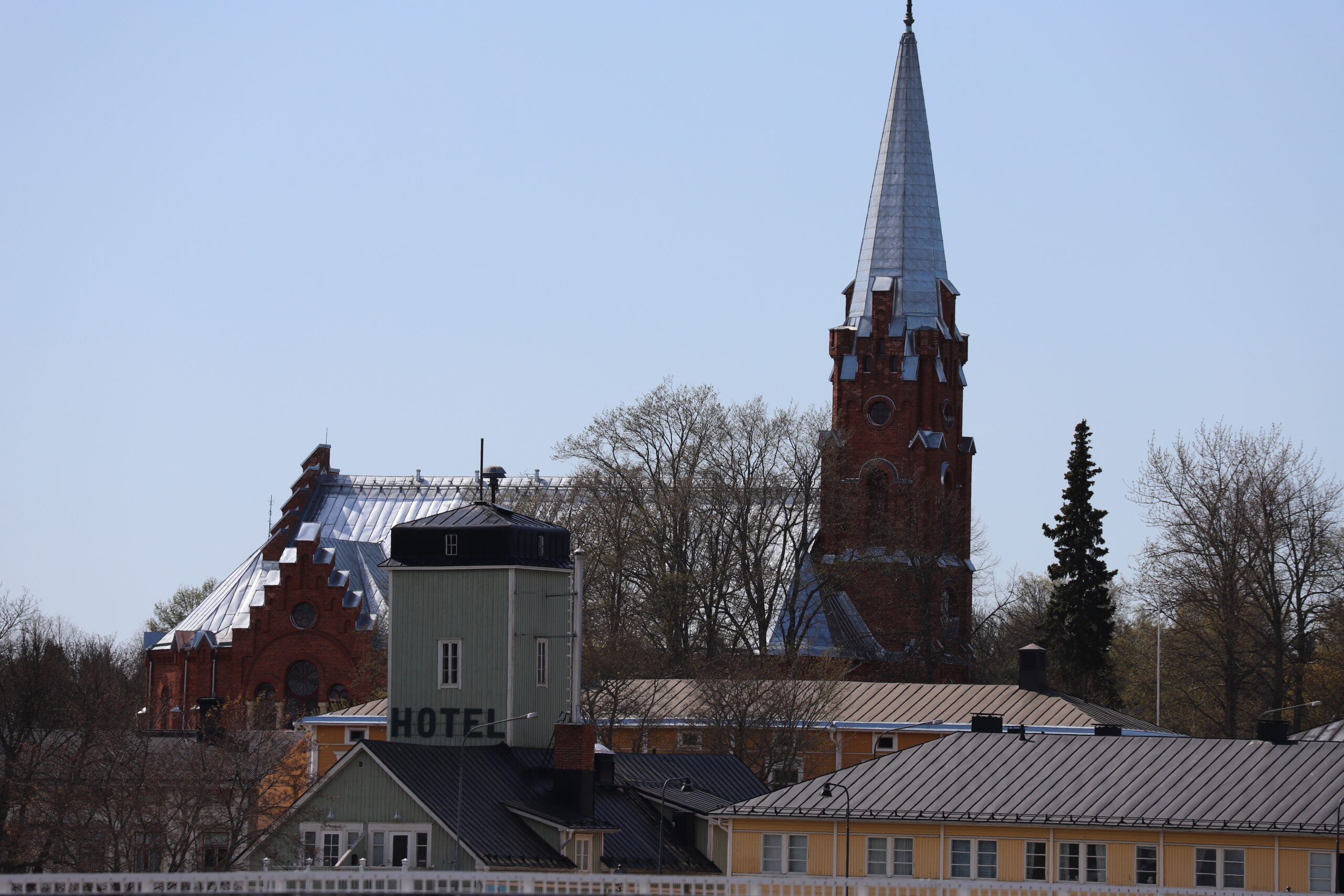Lena Enlund
Maria Hofman-Bergholm
Sara Kåll-Fröjdö

During the last decades, different concepts of sustainable tourism have emerged. This article will discuss the different concepts briefly to try to find out where the focus is within the different concepts. Some of the concepts seem to focus on what happens in the nature where the tourist moves and on the ecological footprint, while others seem to focus on what happens in the tourist’s values and attitudes.
As industrialization swept across Europe, tourism also started to develop and in the 19th century, tourism took off. Tourism became a mass movement in the latter half of the 20th century and charter flights started in the 1950s, focusing on sun, sights, snowand booze. (Höjer 2006)
When the Covid pandemic hit the world in 2020 it caused changes in the tourism business, but now the numbers of tourist visits are growing back and even exceed the pre-covid levels. Obviously, there are new trends in the sector, but also contradictions. Currently there have been demonstrations against mass tourism in some tourism destinations, which might be a sign of emerging issues in the tourism sector. Are we heading for a paradigm shift in tourism, and could regenerative tourism be the answer to the problems caused by regular tourism or is it just buzz word?
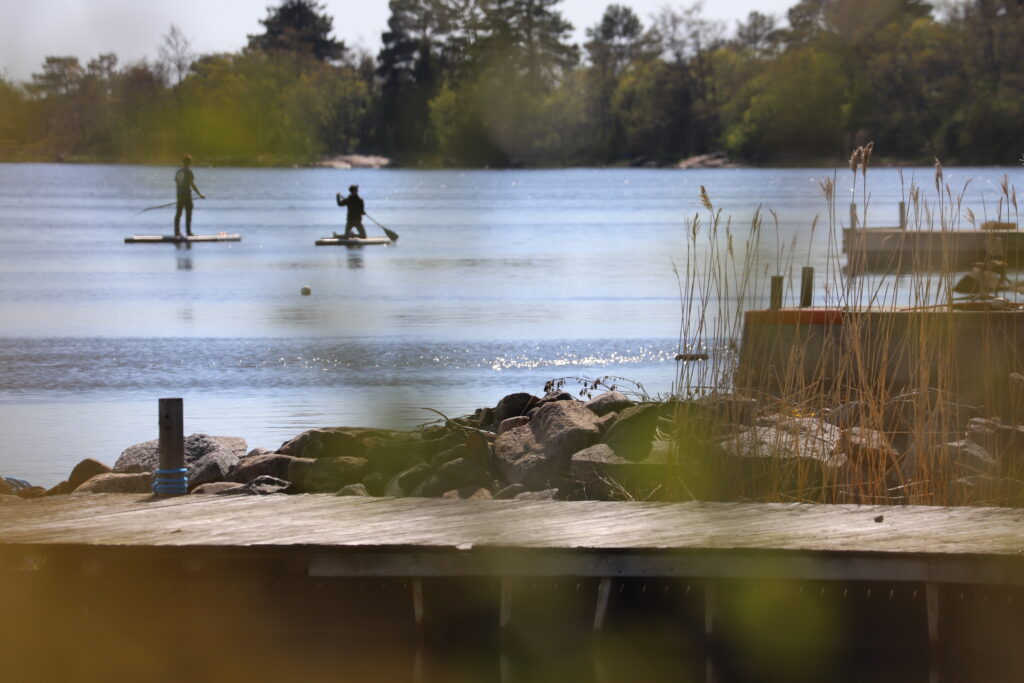
From sustainable tourism to regenerative tourism
Sustainable tourism was first defined by UNWTO (United Nations World Tourism Organization) in 1999 and was the first globally acknowledged term referring to sustainability used in tourism. The focus was on defining the concept, without naming responsible parties. The concept of responsible tourism was the following step, with more focus on responsibility on different stakeholders within the industry – both the visitors and the industry/entrepreneurs. The UNWTO definition on sustainable tourism was re-defined in 2002, with clear influences of responsible tourism. Atladóttir, Aquino, Nikolova & Falter (2023) argue in a Nordic report on regenerative tourism that the concept of sustainable tourism has changed from a focus on a reactive point of view to a proactive point of view, as well as from focus on the common to a focus on the individual. Responsible tourism has in turn been criticized for putting too much focus on the individuals, and too little focus on political policies. (Ibid.)
According to the current definition by United Nations World Tourism Organization (UNWTO 2020) sustainable tourism is a concept that should have an economic, social, and environmental impact that simultaneously benefits local people, tourists, the tourism industry, and the environment.
Transformative tourism is another concept used in the sector, focusing on attitudinal changes in the individual tourist due to experiencing things at the destination. It is much more than attitudinal change, as it ultimately strives for a sustainable future and sustainability is the main underlying focus. In literature on transformative tourism, one finds descriptions such as cross-cultural understanding, global citizenship, positive change in values and attitudes and changes in lifestyle. (Walker & Moscardo 2016; Pung, Gnoth & Del Chiappa 2020; Kirillova, Lehto & Cai 2017)
Regenerative tourism, which more or less is a buzz word, is a fairly new concept that is not easy to understand the implications of, neither on an abstract level nor on a practical level. It has gained more interest after the COVID-19 epidemic shook the tourism and hospitality sector. Atladóttir et al. (2023) argue that this is the result of a call for a holistic approach to the tourism sector and the evolution of the conceptfrom sustainable tourism towards something new.
Regenerative tourism implies a more holistic way of approaching the challenges that tourism is facing when the industry booms. Regeneration refers to restoration and renewal. In biological sciences, the word refers to tissue growth that makes plants, animals, and ecosystems resilient to damage (Atladóttir et al. 2023). As a practical example, regeneration of an ecosystem could for example mean new tree seedlings starting to grow and hinder erosion in an erosion-prone area. Other plants would follow, as would different kindsof animals, from small insects to large mammals, forming food chains of different lengths. When we talk about regenerative tourism, it is very important to remember that it also focuses on the community and for example the destinations´ cultural heritage, not only on the environmental surroundings in the destination.
In simple terms, you can say that if the purpose of tourism traditionally has been to generate economic wealth for a tourism destination through creating jobs, in a regenerative perspective the goal would be to achieve creative conditions for people and places to thrive. Whereas traditionally the tourism industry is extractive, that is, it takes from the destination for the benefit of some, in a regenerative way of thinking, the tourism sector gives to the destination for the benefit of all. In a traditional view, tourism is a separate economic value, while the regenerative point of view sees tourism as a dynamic part that is part of a wider ecosystem. Regenerative tourism is measured in the well-being of people, communities and places – not in visitor numbers and visitor satisfaction and the focus is on supply, not on demand. (Atladóttir et al. 2023)

Current trends in tourism in Finland
According to a survey ordered by Visit Finland (Visit Finland 2023a), the volume of global online searches on Finland follows a rising trend. The changes are especially visible during the last quarter of the year and Santa Claus remains the most used search word. Japan, Germany, US are the countries where most online searches on Finland are done. The fastest growing interest for Finland, based on online searches, is to be found in China and South Korea. (Visit Finland 2023a)
Visit Finland concludes in an analysis (Visit Finland 2023b) that the pull-factors of Finland are generally based on nature, as well as lifestyle and culture. Local originality is what makes Finland a destination that stands out. Since the travel industry as a whole is growing more diverse and has been transforming, Visit Finland has been working on customer segmenting, conducting a survey on consumers in Europe and US planning a leisure vacation trip during the next three years. Four main interest areas were found: “Nature & discovery”, “Culture & learning”, “Sports & activities” and “Entertainment & wellbeing”. In the survey, 11 different tourist segments were found, the largest segments were “Nature lover” & “Lifestyle traveller”. Other important segments found in the analysis were “Culture traveller”, “Foodie”, “City life enthusiast” and “Sun & beach lover”. Items that were of interest to all groups were local authentical food and natural phenomenons. (Visit Finland 2023b)
Especially the “Lifestyle traveller” is interested in immersing themselves in local culture and lifestyle, as well as getting a deeper understanding of the world. A tourist in this segment is thought to be interested in indigenous culture, local lifestyle, interacting with locals and rural undiscovered destinations. The “Lifestyle traveller” is interested in new things off the large destinations and looksfor authentic experiences. Sustainability was not found to be a major motivation for this group. The “Nature lover” travels less frequently than other segments and tends to be interested in i.e. national parks, wildlife and nature experiences. This segment is not found to be very adventurous in Visit Finland’s analysis, and rather looks for experiences instead of activities. The interest in ecological factors in travelling was found to be a bit over average. (Visit Finland 2023b)
Of the different segments found in the study, the minor group called “Outdoor explorer” was the group with the most interest in making sustainable choices. The tourists in this section are typically younger, and more often men than women and they generally avoid well-known destinations. They are also found to be more spontaneous and make their travel arrangements quite late. Visit Finland conclude that this is one of the groups with the most potential for the tourism sector in Finland, but it is also one of the smaller segments. (Visit Finland 2023b)
The vision in Visit Finland’s Strategy 2021-2025 states that “Finland is the leading sustainable travel destination. We add value to our society and customers and care for our unique environment. Finland is the first choice for mindful travellers”. One of the means getting there has been focusing on the STF label (Sustainable Tourism Finland). According to this strategy, the main target group for Finland is a group called the “Modern Humanist”, which is described as avoiding mass tourism and popular destinations, planning their travels independentlyand looking for local and authentic experiences (Visit Finland, 2021). This “Modern humanist” is probably a tourist who does not consider himself a tourist as Höjer (2006) describes. Some tourists are constantly looking towards the unspoiled, while others are attracted to order and predictability. But in today’s world, with the high usage of social media, the latter brings no prestige.
According to research (Höjer 2006), new destinations, sights and ways of tourism are constantly emerging. This appears to be a constant evolution, the destinations and ways of travelling emerge and become big to eventually become routine and then it is basically abandoned by the next generation, who find the sights and ways of travelling overexploited or predictable. According to Orvar Löfgren, professor of Ethnology at Lund University, who has studied holiday memories that he has asked people to write down, this is a case of ’cultural wear and tear’. As an example, when ’everyone’ has seen the Taj Mahal in India, it is no longer as interesting to travel there. This is a paradox that characterizes the whole tourism industry – on the one hand, making places accessible to tourists and providing the necessary services, and on the other hand, avoiding the place becoming too ’touristy’. This is a difficult balance to find. (Höjer 2006)
There is a lot of media interest in the new term “coolcation”, meaning that tourist masses might choose the Nordic countries and other destinations with temperate climates over mass tourism destinations in the Mediterranean when temperatures are rising globally (Kingson 2024). Tourism organizations have picked up the term and for example Visit Sweden currently uses the word ”coolcation” in marketing, for example in their text “Coolcation in Sweden: 11 ways to keep your holiday refreshing”, highlighting “destinations that offer moderate temperatures” (Visit Sweden 2024). Visit Norway also uses the term in their current marketing: “Enjoy a coolcation. Cool and refreshing travel ideas for summer in Norway” (Visit Norway 2024). Other tourism organizations also seem to use the term in 2024, for example Via Hansa & Borealis (Via Hansa & Borealis 2024): “Coolcation in the Nordic and Baltic countries”. The big question is if this is just business taking advantage of climate change – instead of taking actions against climate change?
As Visit Finland states, the goal is to make Finland the leading sustainable travel destination. The goal seems to be to find the tourist segments with the most potential for Finland as a destination, in order to develop products and marketing directed at these specific tourist profiles. Interestingly, very few of these tourist segments or profiles seem to be motivated by sustainability factors. Santa Claus and Rovaniemi during Christmas season still seem to be what’s most interesting for foreign tourists. The question is, could the tourists get more motivation towards sustainability through their experiences (that is, transformative tourism)? Then it’s up to the tourist entrepreneurs themselves, taking these factors into consideration while designing the products and marketing them. Would local, authentic experiences where you do good, be a thing?
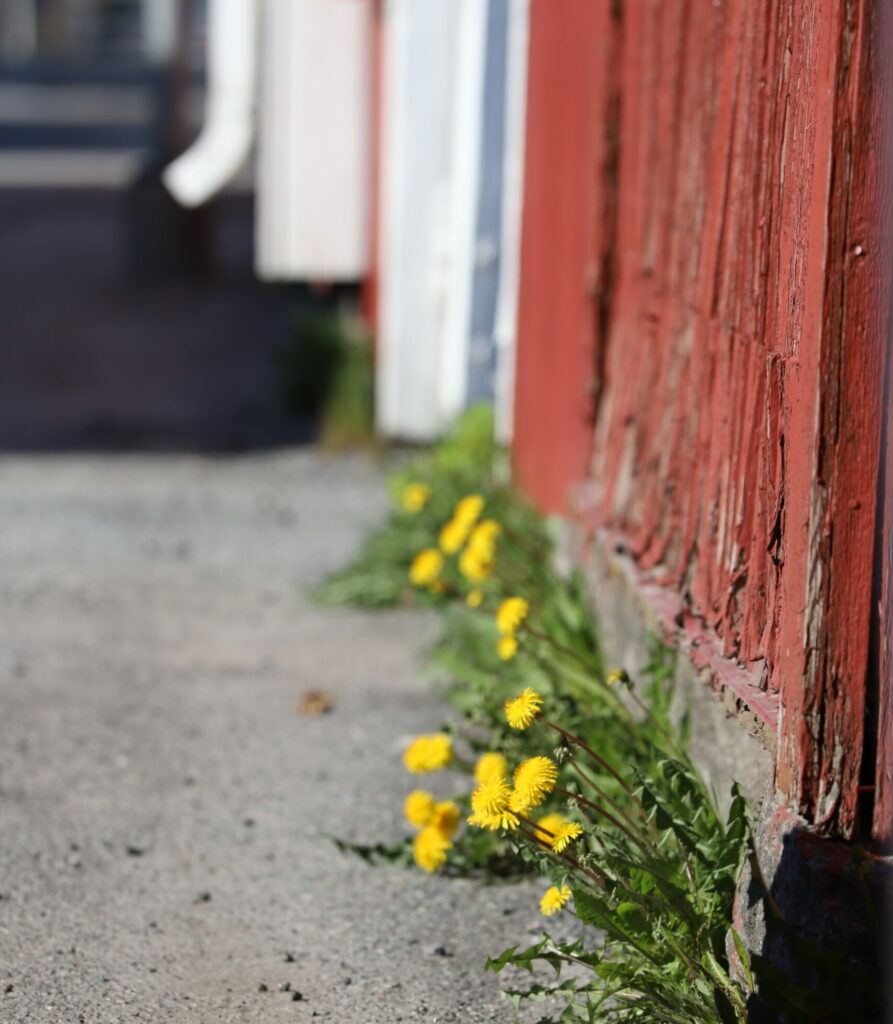
Can the tourism sector be truly sustainable?
For the tourism destinations, the industry doesn’t necessarily have a positive impact, even though it brings economic growth. Recently there has been massive demonstrations among local people living in the Canary Islands (von Kraemer 2024) to demand changes to the mass tourism that they feel is taking over the society. According to the protesters, mass tourism perpetuates an economic model that harms the local population of the Canary Islands. They are now calling for a restriction on tourism, even though about four out of ten inhabitants work in tourismand tourism accounts for 36% of the islands’ GDP, according to official figures. This reveals that the tourism sector might be economically important but that it also has negative effects on the destination, large enough to get local inhabitants on their feet and in the streets, protesting. This is interesting and would be worth a deeper analysis.
This clarifies that there seems to be a built-in contradiction/paradox in the tourism area. For example, the strategies and visions might emphasize sustainability and small-scale authentic, local experiences. At the same time important target markets seem to be countries in the Far East or US, which implies long flights, and the overall target is growth. Carrying capacity is a word seldom used in the tourism context, defining what the number of tourists that a destination can receive is. Some entrepreneurs, for example Granö Beckasin in Västerbotten, Sweden, states that they don’t want to grow indefinitely, the company has defined a maximum size for growth and how big each activity that they offer will be. It is clear that carrying capacity and sustainability are important at Granö Beckasin (Hofman-Bergholm & Kåll-Fröjdö 2021).
Some researchers argue that new projects and research related to regenerative tourism tend to continue to focus on the centrality of tourism and its fiscal growth. Assuming an ever-increasing tourism sector and not questioning the apparent dependence on volume growth, tourism is instead positioned as a market competitiveness and a sector capable of infinite growth, which according to researchers can be seen as an industrial paradigm construction. The main issue in tourism scholarship regarding the relatively new concept of regenerative tourism is, according to a review by Bellato & Pollock (2023), that the concept is being hampered by simplistic and superficial understandings. This is partly due to skilled PR-people who have decoded and also simplified the concept of regenerative tourism as ‘leaving a place better than it was found’ or becoming ‘net positive’ and researchers who have replicated these kinds of one-dimensional slogans, thus offering superficial definitions rather than deeply investigating the concept.
However, a profound change at the highest levels of government seems to be underway. The UN, the World Trade Organizationand the World Economic Forum are now talking about a polycrisis, which could be identified as a call for a profound level of systems change. It becomes more and more obvious that there is a vacuum of ideas formed at the governmental level that only a regenerative way of thinking will manage to fill. It is crystallized that the challenges we are facing are no longer confined to one sector, it involves all sectors and stakeholders. It involves enterprises, individuals, communities, governments, regionsand countries. For regenerative tourism research to advance and to have a transformational impact on tourism, basic conditions must be created. We need to adopt new ways of measuring success in the tourism sector. We will need an increase in transdisciplinary research to build knowledge clusters involving practitioners and place-knowledge holders, communities and/or leaders working on regenerative tourism projects. A core skill for this research will be the skill to collaborate with multiple stakeholders. A comprehensive understanding of the nature of systems thinking, worldviews and how nature works will be essential pre-requisites. Investments in training and empirical research will be crucial for the creation of a robust grounding of regenerative tourism research. (Bellato & Pollock 2023)
Possibilities through the regenerative tourism approach
On one hand, regenerative tourism is a very new concept in the tourism sector and there doesn’t seem to be a general understanding of what it actually means. On the other hand, a greater interest in, and the implementation of regenerative tourism could lead to a paradigm shift if we manage to make it understandable without simplifying the concept to suit the “business as usual approach”, focusing on small-scale entrepreneurs and the well-being of local communities and the environment. The foundation for regenerative tourism should be sustainability.
To change focus from undefined growth of the sector to other goals and target values, such as the “well-being of a community and the surrounding environment” is quite a large step. The crucial part might be defining success – how do you measure the well-being of a community?
Practical examples of regenerative tourism products in the Nordics are quite few. In theory, you can come up with examples where the tourist is participating in restorative actions such as restoring wetlands, keeping old meadows open through old techniques, picking trash along the shorelines, removing invasive species, helping out with observations of rare species, renovating cultural heritage buildings or sites, collecting information for archives, museums or environment monitoring authorities. It would be ideal if the need for different actions would rise locally, from the very community that lives there and from the local circumstances. Could smart marketing make this attractive, fortourists looking for authentic experiences where they could also do good?
The aim of the Interreg Aurora-funded project REGGAE is to promote accessible and regenerative tourism in the project area. Regenerative is to be regarded as a transformational approach that aims to fulfil the potential of tourism places to flourish and create net positive effects through increasing the regenerative capacity of human societies and ecosystems. At the same time, the project will address the needs of micro and SMEs within tourism firms, who are struggling with challenges such as value for money, shortage of customers, identifying sale channels, lack of collegial networks, low visibility and sometimes feelings of loneliness.
The project started in September 2023 and will run until last August 2026. Partners in the project are the Natural Resources Institute Finland LUKE (Lead Partner) together with the Project Partners University of Eastern Finland UEF, Kristinestads Näringslivscentral Ab, Centria UAS, Swedish University of Agricultural Sciences SLU, Mid Sweden University and Gold of Lapland.
References
Atladóttir, Ó. Ý., Aquino, J., Nikolova, M., & Falter, M. 2023. Nordic Regenerative Tourism NorReg 2022 – A Pilot Project. Reykjavik, Iceland: Iceland Tourism Cluster. Available at: https://static1.squarespace.com/static/64b120d26ff34d6b65ffaaa3/t/656daf9f78220175ba3a026c/1701687234952/NORREG_FINAL_REPORT_2022.pdf. Accessed 10 April 2024.
Bellato, L. & Pollock, A. 2023. Regenerative tourism: a state-of-the-art review. Tourism Geographies, 1–10. Available at: https://doi.org/10.1080/14616688.2023.2294366 . Accessed 6 May 2024.
Hofman-Bergholm, M. & Kåll-Fröjdö. S. 2021. Naturföretagarens guide till naturens hälsoeffekter och ett hållbart företagande. Vasa: Nordic Nature Health Hub.
Höjer, H. 2006. Turismen – den sista utopin. Forskning & Framsteg. 5:2006. Available at: https://fof.se/artikel/2006/5/turismen-den-sista-utopin/. Accessed 6 May 2024.
Kingson, J. 2024. Now trending in travel: “Coolcations”. Available at: https://www.axios.com/2024/03/05/popular-summer-vacations-arctic-destinations. Accessed 30 April 2024.
Kirillova, K., Lehto, X. & Cai, L. 2017. What triggers transformative tourism experiences? Tourism Recreation Research, 42(4), 2017. Available at: https://doi.org/10.1080/02508281.2017.1342349 Accessed 6 May 2024.
Pung, J.M., Gnoth, J. & Del Chiappa, G. 2020. Tourist transformation: Towards a conceptual model. Annals of Tourism Research (81) 2020. Available at: https://doi.org/10.1016/j.annals.2020.102885 Accessed 6 May 2024.
Visit Finland (2021) Visit Finland Strategy 2021-2025. Available at: https://www.businessfinland.fi/490207/globalassets/finnish-customers/02-build-your-network/visit-finland/julkaisut/visit-finland-strategy-2021-2025-english.pdf. Accessed 10 April 2024.
Visit Finland. 2023a. Finland’s Touristic Demand Q4 2023. Available at: https://www.visitfinland.fi/49544f/globalassets/visitfinland.fi/vf-julkaisut/2024/finlands-touristic-demand-q4-2023.pdf. Accessed 10 April 2024.
Visit Finland. 2023b. How to reach Finland’s full potential. Available at: https://www.visitfinland.fi/4adb6a/globalassets/visitfinland.fi/vf-julkaisut/2023/how-to-reach-finlands-full-potential.pdf. Accessed 10 April 2024.
Via Hansa & Borealis. 2024. ”Coolcation” in the Nordic and Baltic countries. Available at: https://viahansaborealis.com/news/coolcation-in-the-nordic-and-baltic-countries/n. Accessed 2 May 2024.
Visit Norway. 2024. Coolcation. Available at: https://www.visitnorway.com/plan-your-trip/coolcation/. Accessed 2 May 2024.
Visit Sweden. 2024. Coolcation in Sweden: 11 ways to keep your holiday refreshing. Available at: https://visitsweden.com/what-to-do/nature-outdoors/coolcation/. Accessed 2 May 2024.
von Kraemer, M. (2024). Massprotester på Kanarieöarna – invånarna kräver ett slut på överturismen Available at: https://svenska.yle.fi/a/7-10055276. Accessed 6 May 2024.
Walker, K. & Moscardo, G. 2016. Moving beyond sense of place to care of place: the role of Indigenous values and interpretation in promoting transformative change in tourists’ place images and personal values. Journal of sustainable tourism 4 (8-9) 2016. Available at: https://www.tandfonline.com/doi/abs/10.1080/09669582.2016.1177064. Accessed 6 May 2024.
Photos: Sara Kåll-Fröjdö. All photos are taken in Kristiinankaupunki/Kristinestad.
Lena Enlund
RDI-expert
Centria University of Applied Sciences
Tel. 044 725 0594
Maria Hofman-Bergholm
RDI-expert
Centria University of Applied Sciences
Tel. 040 356 3305
Sara Kåll-Fröjdö
RDI-expert
Centria University of Applied Sciences
Tel. 040 487 9634
